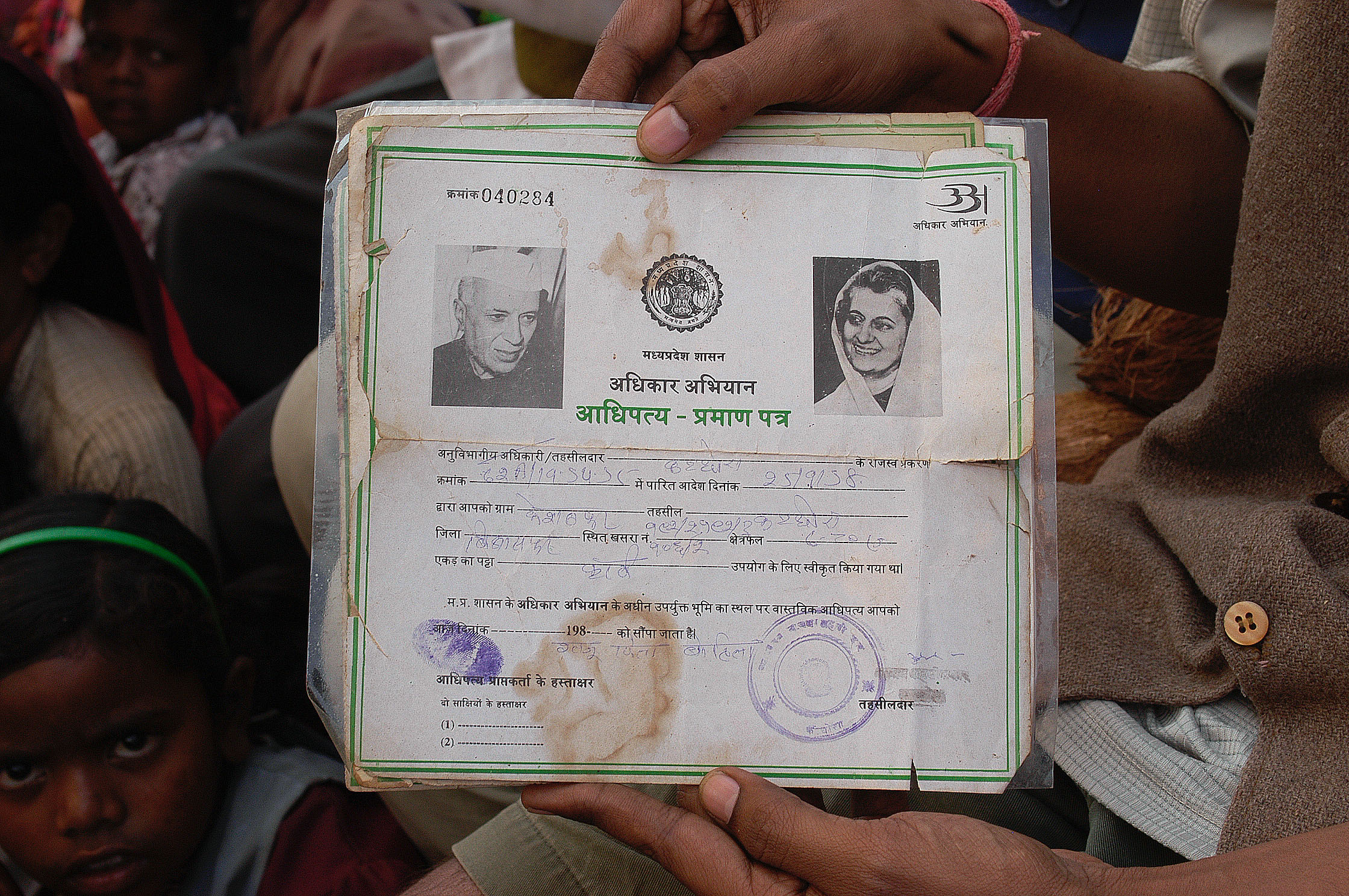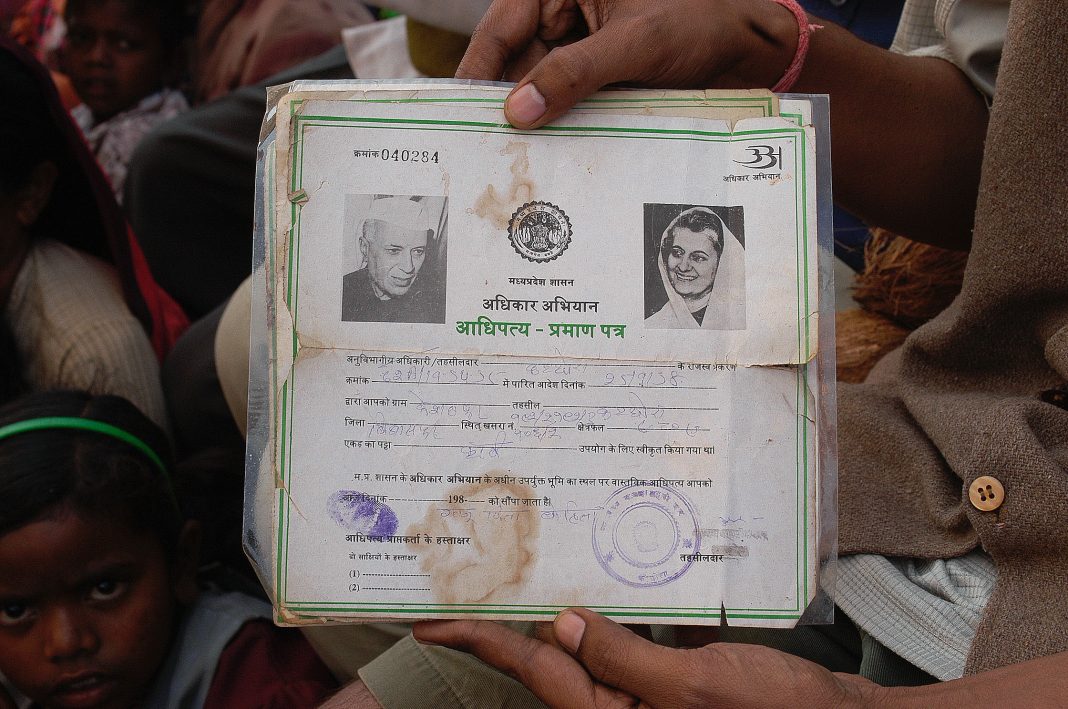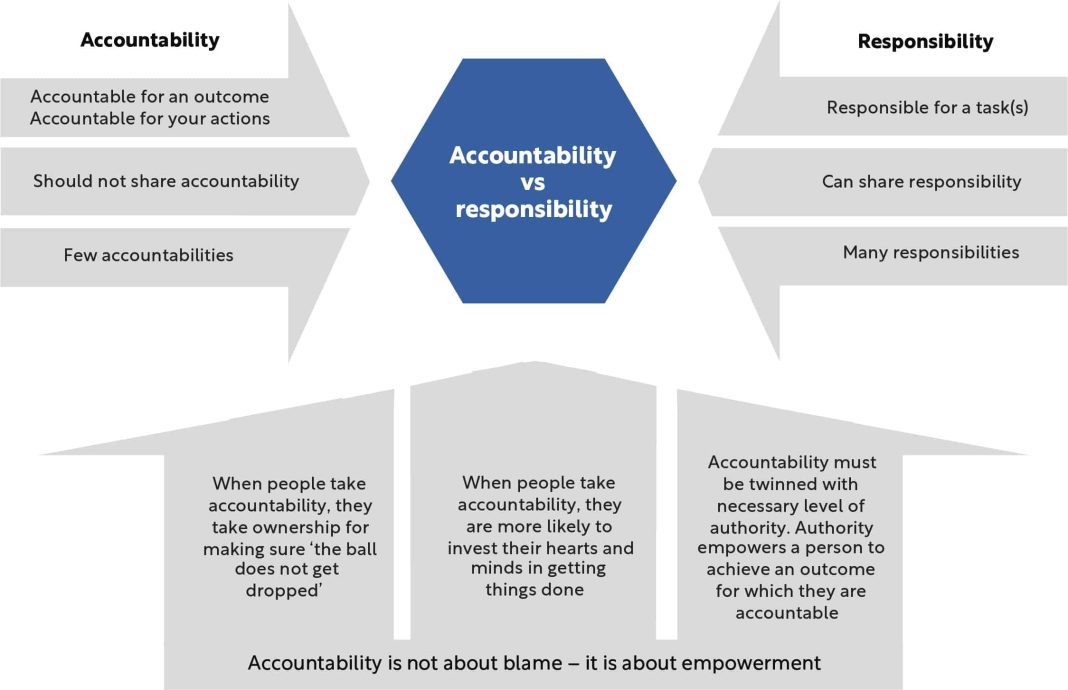 Title: Indigenous Peoples of Central Queensland Win Land Rights After a Decade-Long Battle
Title: Indigenous Peoples of Central Queensland Win Land Rights After a Decade-Long Battle
Introduction:
After a 10-year legal battle, the Barada, Kabalbara, and Yetimarala Peoples of central Queensland have been granted Native Title over their ancestral land. This landmark decision by the Federal Court recognizes their rights to “possess, occupy, use, and enjoy” a vast plot of land spanning 7,512 square kilometers (4,667 square miles). Let’s delve into the details of this case and explore the broader context of Native Title in Queensland.
The Historical Significance of Native Title:
Native Title in Australia refers to the legal recognition of Indigenous Australians’ traditional rights and interests in land and water. This concept gained prominence following the groundbreaking Mabo v Queensland (No 2) decision in 1992. The court ruling overturned the concept of terra nullius and acknowledged the pre-existing rights of Indigenous people. The Native Title Act 1993 was subsequently enacted to provide a framework for resolving Native Title claims.
The 10-Year Legal Battle:
Representatives of the Barada, Kabalbara, and Yetimarala Peoples initiated their legal battle for land return in July 2013. Over the course of a decade, the case was heard in court 50 times. In January 2019, an amended application was filed by descendants of the area’s original inhabitants, known as “apical ancestors.” They argued that their ancestors held a valid association with the claimed area since 1865, which they referred to as the “effective date of sovereignty.” Justices Sarah Derrington, Darryl Rangiah, and John Reeves considered historical evidence presented by the applicants and ultimately issued their ruling in favor of the Indigenous groups.
Proving Connection to the Land:
To establish their Native Title claim, the applicants had to demonstrate a connection to the land prior to European arrival. This involved providing evidence of Indigenous customs and the passing on of traditional knowledge across generations. Historical documents from the time revealed interactions between Europeans and local Indigenous people, which satisfied the justices’ requirement for substantiating the connection.
The State of Native Title Claims in Queensland:
The granting of Native Title claims in Queensland has been a complex and sometimes contentious process. Over the past 30 years, affirmative decisions have been made on 180 out of 400 applications. Currently, there are 39 unsettled claims at various legal stages in the state. According to Queensland Minister for Resources Scott Stewart, approximately 28.9 percent of the state is subject to a Native Title claim. Stewart emphasized the importance of recognizing the rights, history, and culture of First Nations peoples and their deep connection to the land that has spanned over 60,000 years.
Controversies Surrounding Native Title Grants:
While the granting of Native Title claims is a significant step towards reconciliation and justice, it is not without controversy. In March, residents of the Queensland town of Toobeah voiced opposition to the granting of a freehold title to the Bigambul Aboriginal Corporation for a 20-hectare reserve that included the town’s dump, hall, and rodeo grounds. The townspeople argued that proper community consultation had not taken place and accused the government of rushing through the claim under the “Path to Treaty” legislation proposed by the Labor government.
Conclusion:
The recent Federal Court ruling granting Native Title to the Barada, Kabalbara, and Yetimarala Peoples marks an important milestone in recognizing Indigenous land rights in central Queensland. The long legal battle underscores the significance of preserving Indigenous customs and traditional knowledge while providing a framework for resolving Native Title claims. Despite occasional controversies surrounding such grants, it is crucial to continue acknowledging and respecting the deep connection First Nations peoples have with their ancestral lands dating back thousands of years.


